Anchors secure a boat in place by sinking into the ocean floor. By keeping boats off the cliffs or out of the waves, they provide a safety function. Additionally, they let sailors to temporarily lock the boat while going fishing, eating lunch, or staying the night. Anchors can’t sink through stony bottoms; instead, they grab on protrusions and cling shakily. This article will help you to know “How does a boat anchor work?”
How do anchors hold a boat in place?
As your boat floats on the sea, you send down tens of meters of chain after the anchor has reached the bottom. In essence, the weight of the anchor and chain combined holds the boat. The majority of anchors function in this way, however certain designs may differ significantly from this process, such as fixed anchors that retain buoys or tiny anchors for rubber dinghy that often don’t utilize a chain. In addition, the holding strength of various anchors varies according on their design.
How do anchors work in deep water?
For an overnight stay, the conventional guideline is around 10 meters, however it is not very restrictive. There are additional circumstances; depending on how flat the seabed is, where the wind is coming from, what the forecast is, etc., you may feel comfortable at a depth of 3 to 5 meters.
You may pick your anchorage by just consulting the chart, but it’s a good idea to consult other skippers who are familiar with the region and can offer advice on safe places to anchor.
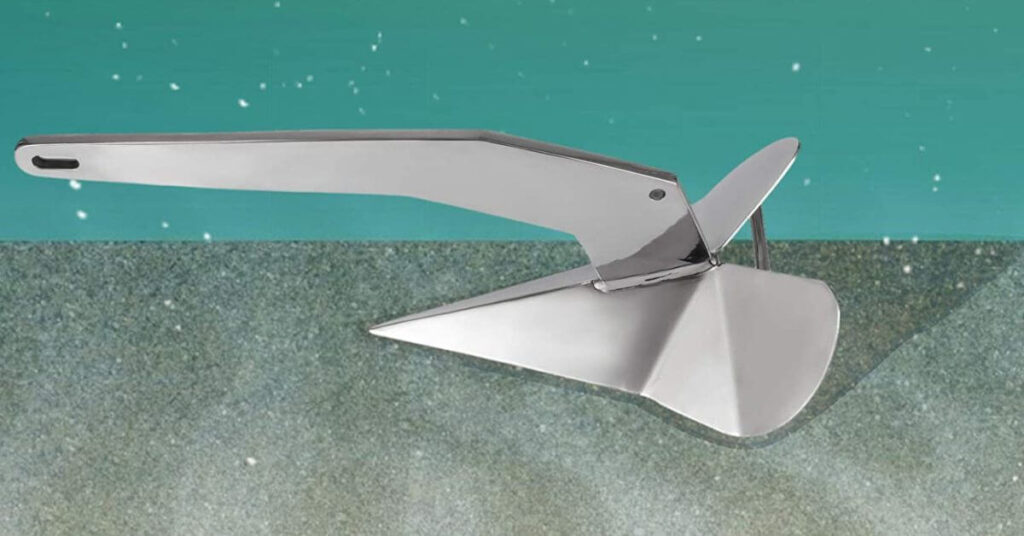
How do anchors work on large ships?
Suction generated by the bottom material and the weight of the material above the anchor creates resistance when the anchor enters the seafloor. The anchor digs in deeper as the boat pulls on the anchor rode, adding to the resistance.
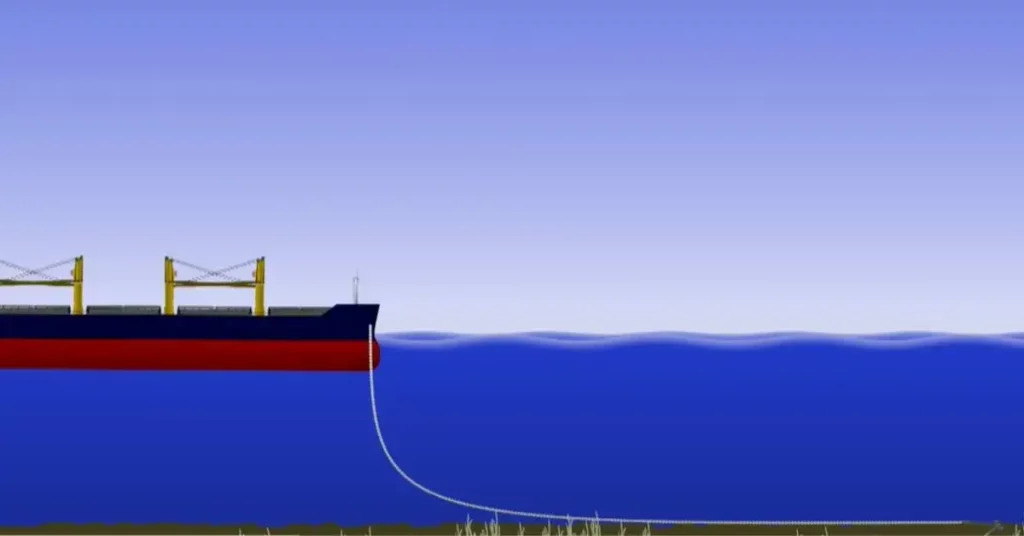
Anchor types and uses.
Despite being the most known and well-liked, fluke-style anchors aren’t the only ones still in use today. Numerous additional designs have been introduced throughout the ages. Although they all operate in a largely similar manner, their unique designs enable them to be used in a variety of contexts.
Fluke-Style Anchor
So how can a recreational boat stay in place while using a fluke-style anchor? To summarize, fluke-style anchors function as follows. The anchor sinks into the seafloor after it has arrived. The anchor sinks even more into the earth as your leisure boat drifts away from the anchoring place as a result of wind or water.
Fluke-style anchors don’t always function the best, although they do well when the seafloor is made of sand or gravel. Other types of anchors can be used in this situation.
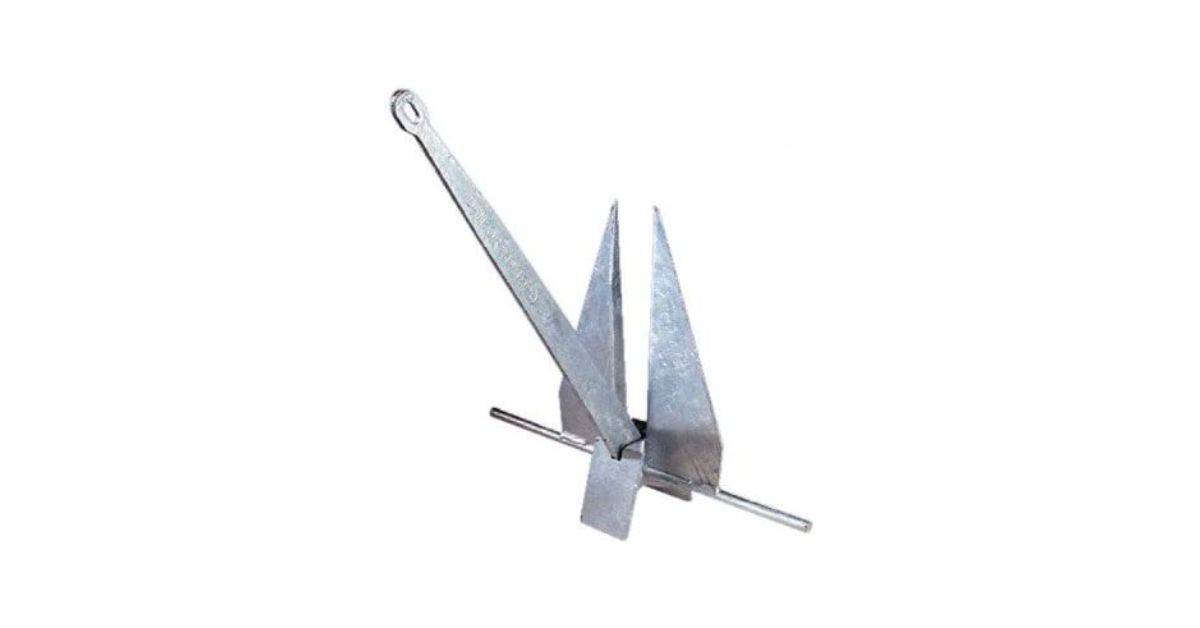
Grapnel Anchors
An anchor called a grapnel has a shank that normally has four tines, though some have more.
Grapnel anchors are most frequently utilized on rocky bottoms. Whatever method the anchor uses to land on the seafloor, it can immediately latch into a supporting structure. The biggest drawbacks of grapnel anchors are their size and high chance of becoming tangled in the rode, even if they are suited for rough bottoms.
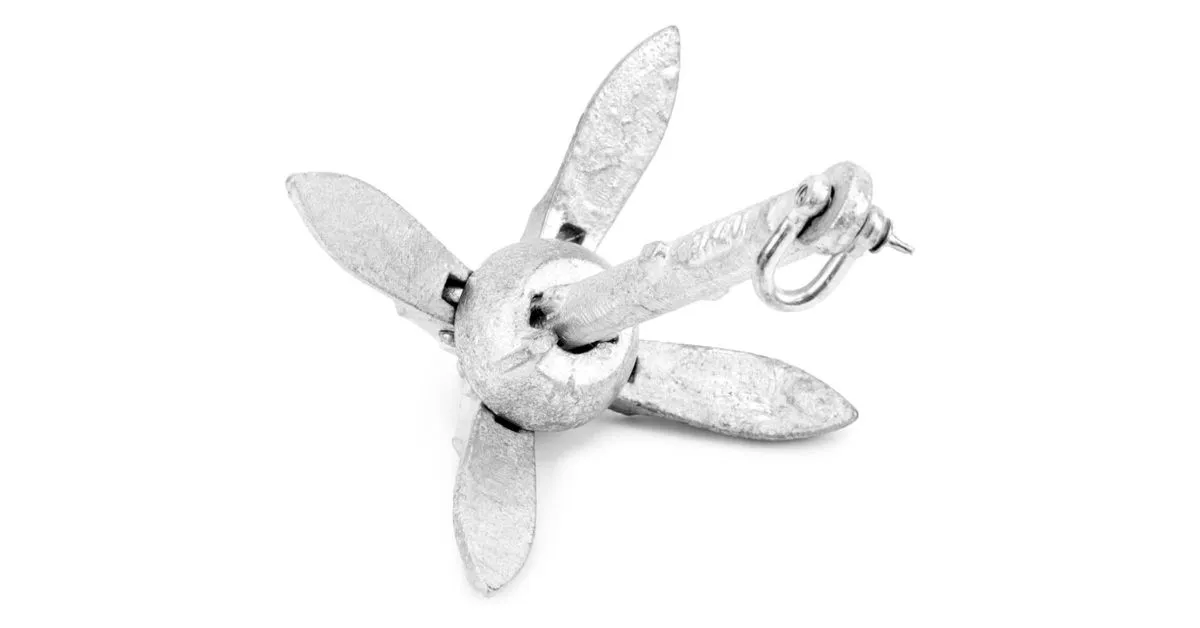
Plough Anchors
Plough anchors get their name from the fact that they resemble ploughs (plows). They are quite well-liked by boat owners since they work reasonably well with any seafloor. Having said that, plough anchors are not the greatest if you want the best grip in a specific circumstance because they do not excel anyplace.
Plough anchors have one drawback—they frequently break off of the ocean floor. The two designs share the same drawback of wanting to flee the earth, just like agricultural plows do.
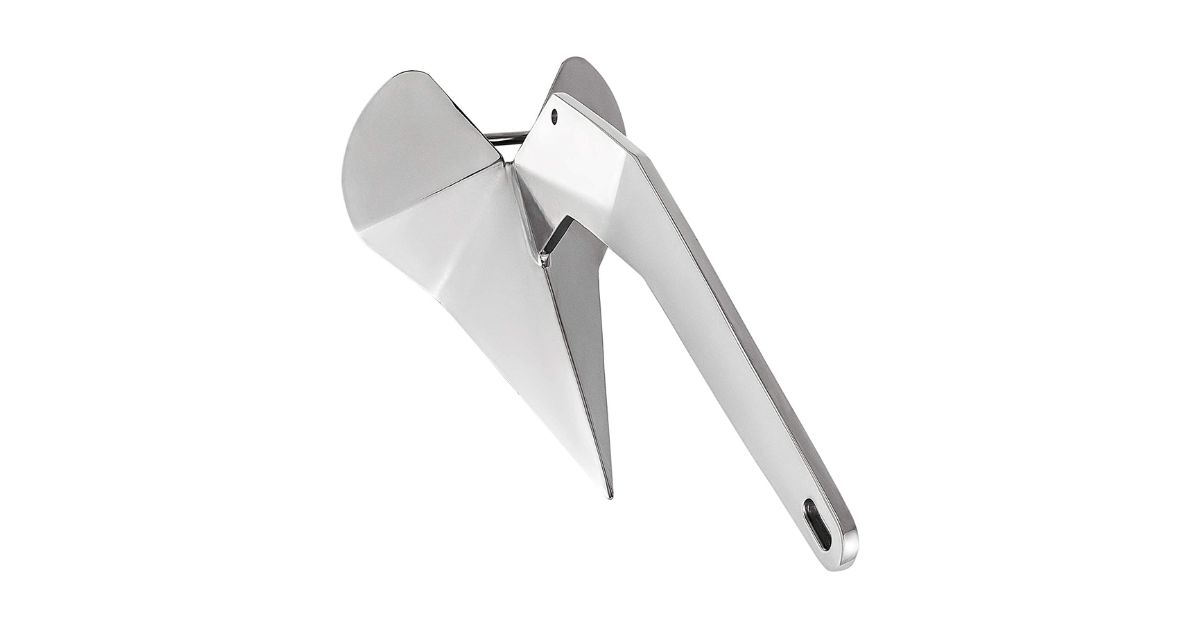
Danforth Anchor
The triangular flukes of the Danforth anchor are fastened to a hinged stock. Although this anchor form is likewise intended to be buried into the seafloor, it is more straightforward to recover than conventional fluke-shaped anchors because of its flat and compact construction.
Having stated said, Danforth anchors generally fail in weeds or gravel. The anchor may also just float over the bottom if the boat is moving when it drops the anchor or if there is a current because of the big flukes, which serve as a sail. Nevertheless, Danforth anchors are dependable and very well-liked by recreational sailors.
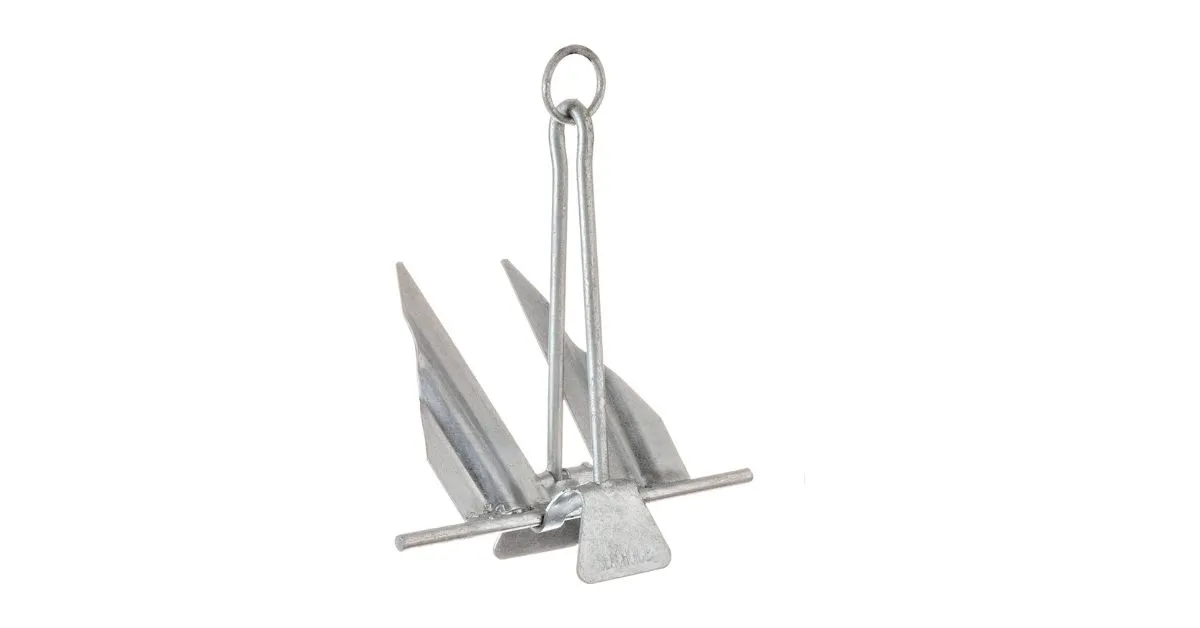
Bruce Claw Anchors
Peter Bruce invented the Bruce claw anchor in the 1970s. The drawbacks of the plough anchor were expected to be addressed by this anchor design. Bruce anchors, sometimes known as Claw anchor, do not easily break out of the bottom while setting quite slowly.
On small boats, claw anchors are somewhat useful, but when used on large vessels, they become very powerful. Bruce claw anchors have a poor holding strength in relation to their weight, thus they must be expanded to match the performance of rival designs. Bruce anchors are ineffective in grass and weedy bottoms but perform admirably in boulder bottoms.
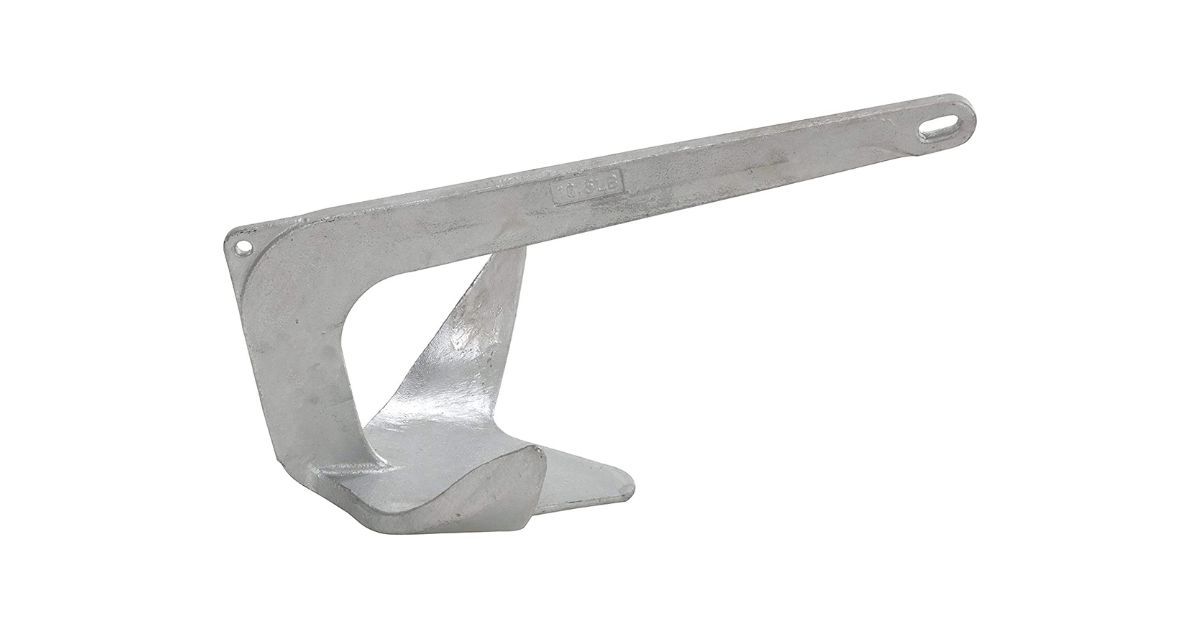
Mushroom-Style Anchors
Sinking into the mud of the bottom is how mushroom-shaped anchors function. They have a distinctive form, thus the name “mushroom.”
Because of its weak holding ability, mushroom anchors need only only be used on tiny vessels. They perform terribly in inclement weather and on the sea as well.
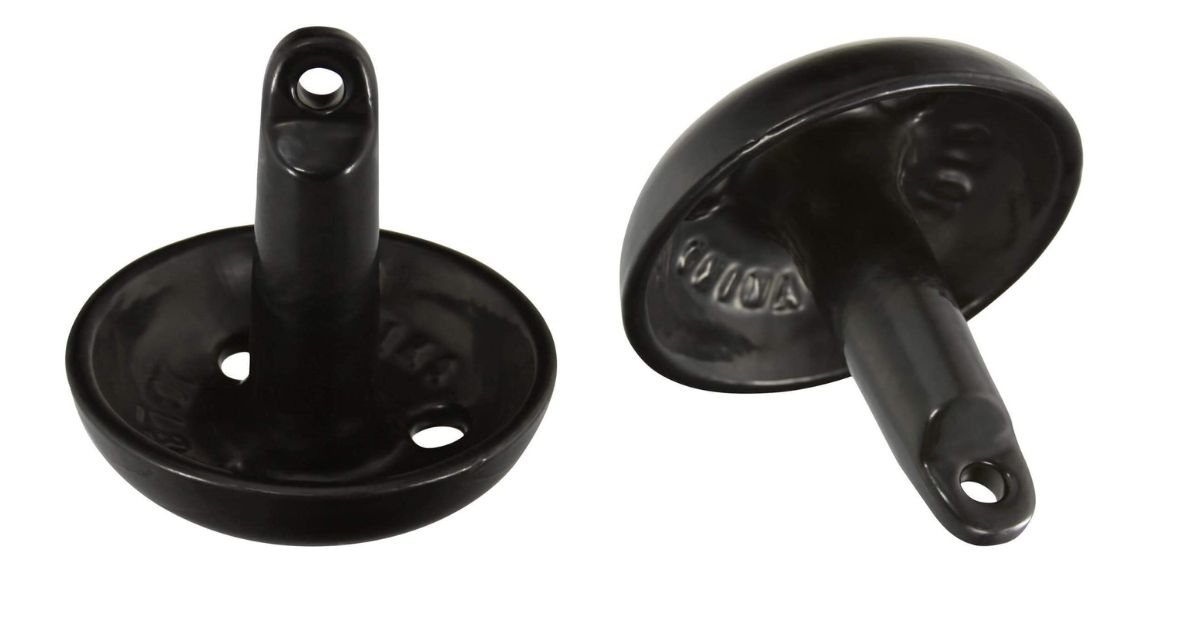
Auger Anchors
Auger anchors are designed to be drilled into the sand or bottom of the ocean. Auger anchors can also be used to anchor to the shore, however they are often employed for permanent anchoring.
Despite its strong holding capacity, auger-style anchors can be challenging to place in deep water.
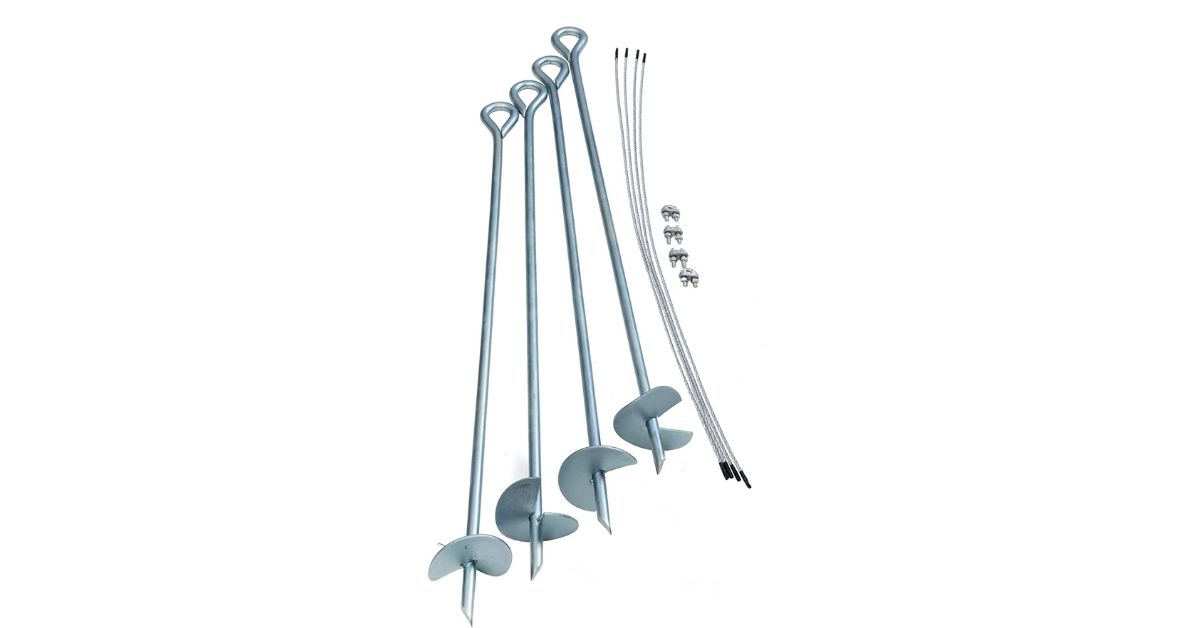
The purpose of an anchor in a storm ship anchor weight.
The way that anchors serve their goal depends on whether they clamp onto the water bed, use their weight to keep structures in place, or use a mix of these two methods. Additionally, during storms, anchors can function as drogues (positive drag mechanisms) for ships and other similar vehicles.
How big is a cruise ship anchor anchoring at sea?
Anchors for cruise ships typically measure 10 to 20 feet in length and weigh 10 to 20 US tons. The majority of contemporary cruise ships will have many anchors. Anchors for cruise ships are employed to maintain their fixed state. This is frequently required whenever a ship stops at sea.
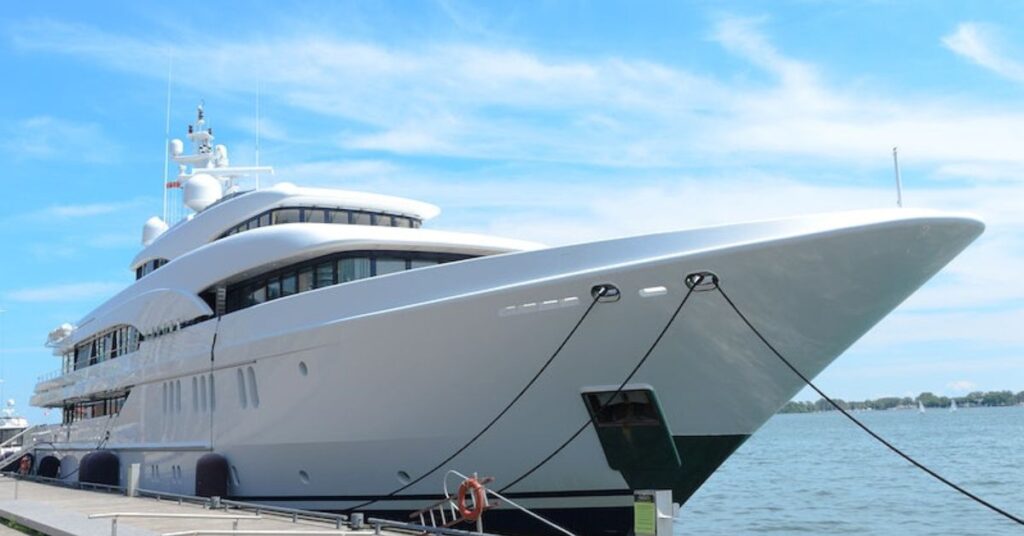
How far down do anchors go?
Given that a ship has to have around 30% of its chain on the bottom, most ships have enough anchor chain to safely anchor them in up to one to two hundred feet of water. The ship isn’t actually held steady by the anchor. The ship is held by the chain, which is held by the anchor.
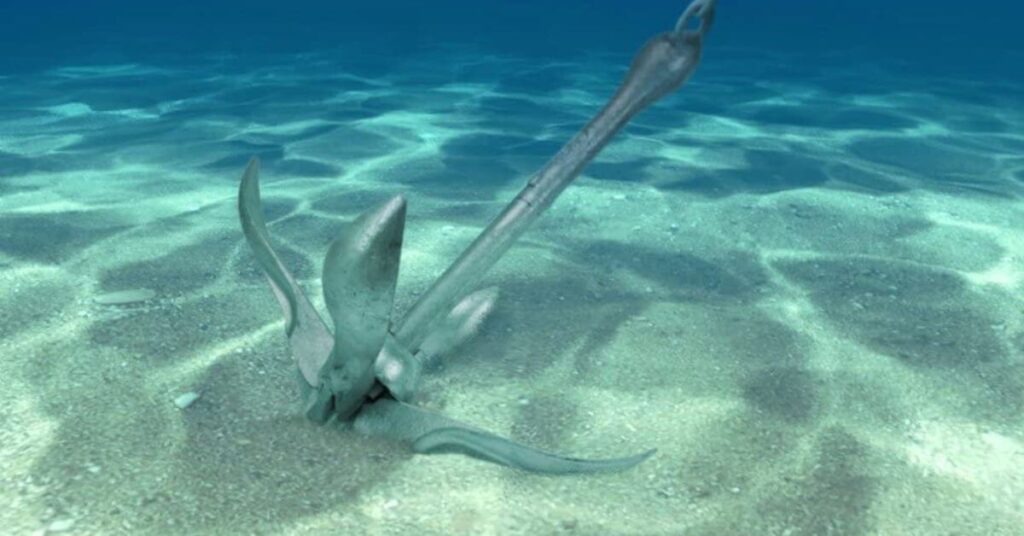
Protection in Anchorage
Before beginning a new job, consider applying these suggestions a few times. Anchor: There should be no anchoring in the locations that are marked as forbidden on the map or list. using an anchor cable marking or allowing a boat to assist you. Not without first testing, do not anchor in shallow seas. One will climb higher as the tides rise. Calculate the warp’s degree. Make sure to get them off if the tide is high. The ship in the low speed zone won’t either.
FAQ
1. How many anchors does a ship have?
Ans : Almost all ships have many anchors. Two anchors, one on the ship’s port side and the other on its starboard side, are a typical practice.
2. How long can you leave a boat anchored?
Ans: As long as local laws allow it, you can leave a boat anchored if you do it legally. There is no upper limit if there are no regional limitations. Still, if you’re not aboard your boat, it’s not a good idea to leave it anchored in one spot.
3. What are anchors made of?
Ans: Typically, anchors are composed of corrosion-resistant metals that have undergone appropriate protective techniques including galvanization. They can, however, also be constructed of polymers or composites with fiber reinforcement, such carbon fiber.
Conclusion:
We hope you learned a little more about anchors, their shapes, and how does a boat anchor work . Good luck!
